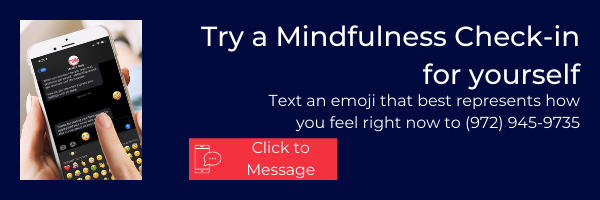Burnout and the Great Resignation
42.1 million Americans quit a job in 2019, a record-breaking number at the time. On October 12, 2021, the U.S. Bureau of Labor Statistics announced that 4.3 million Americans, or 2.9% of the entire workforce, quit their jobs in August. That’s more than 10% of the previous record-breaking anual to total in just one month. The pandemic shutdown gave us time to think about what we want from work and from life in general, causing employees and employers to shift the paradigms about work.
Texas A&M psychologist Anthony Klotz, who predicted and coined the term the "Great Resignation" back in May, credits "pandemic epiphanies" with motivating many workers to depart their jobs for greener pastures. But "experience effects," as UC Berkeley economist Ulrike Malmendier calls them, remain remarkably under-investigated in economics, which tends to be more focused on the cold, material incentives that influence our behavior. - NPR Planet Money's newsletter
To Malmendier’s point, American employees from factories to Amazon warehouses to office workers experienced vastly different ways to work than had ever been offered before. They also experienced the worst of working conditions since the early 20th century.
Frontline workers in healthcare, child care, hospitality and food service industries, pushed to the brink of human endurance, decide that the grueling hours, inadequate pay, lack of balance and abuse by employers and clientele are no longer acceptable trade-offs for their mental and physical well-being. And workers in office-centered industries are making similar calculations between acceptable and unacceptable trade-offs. - Karla L. Miller, Washington Post.
When given the opportunity to break with social expectations of work and career, people are finding that they can address more than the immediate burnout at their current job and find fulfillment in radical change.
People are reimagining their work-lives and seeking out careers that offer the chance to make a difference in the world. Some people are transitioning to roles that offer this type of experience. Others are upskilling, going back to school to learn something new or finding a job in a different industry that offers growth opportunities and job satisfaction. - Jack Kelly, Forbes
What Does This Mean for Companies?
The immediate problem to solve is replacing people choosing to leave existing positions. How do companies recruit new employees without addressing the burnout that caused their people to leave in the first place?
Someone suffering from burnout has a “negative, hostile, cynical, ‘take-this-job-and-shove-it’ kind of attitude” and negative feelings about their own work and choices, Christina Maslach, a social psychologist who is the U.S. preeminent burnout expert says. The World Health Organization classifies burnout as an “occupational phenomenon.” But studies show that it can overlap with physical and mental health issues, including depression, insomnia, gastrointestinal problems and headaches. It can even be a predictor of chronic diseases including heart disease and type 2 diabetes, research shows. - Jamie Ducharme, Time
Up to now, the efforts by companies to address burnout have been to provide more options for employees to address stress at a personal level without recognizing that the workplace culture itself is likely the cause of chronic stress.
Workplace culture is as complicated and nuanced as each individual business. The realities of how culture is expressed in communication, power dynamics, and interpersonal behavior varies widely from team to team even within the same company. Picking apart the causes of stress and burnout requires much more data than most companies collect from their workforce.
Experience sampling, not surveys, can get to the heart of chronic stress and burnout and provide the feedback to effectively change workplace culture.
Company wide surveys are expensive to deploy and analyse. They are usually undertaken at 5, 2, or 1 year intervals. That interval also requires survey participants to think back over long periods of time and communicate memories in a way that can be standardized across a wide variety of people and experiences. The survey method of collecting employee feedback taints the data collected.
Experience sampling can be done more frequently, in less time, and can provide insight in near real-time. Providing more and better data for Chief People and Culture Officers to make meaningful change within their organizations.
Learn more about Experience Sampling in our companion article:
Try Experience Sampling for yourself
Featured Photo by Nataliya Vaitkevich from Pexels
By Michelle Stinson Ross, Writer for Mindful Appy
I’m currently practicing as a digital strategist and marketer, and applying mindful practices to marketing communication and storytelling.




